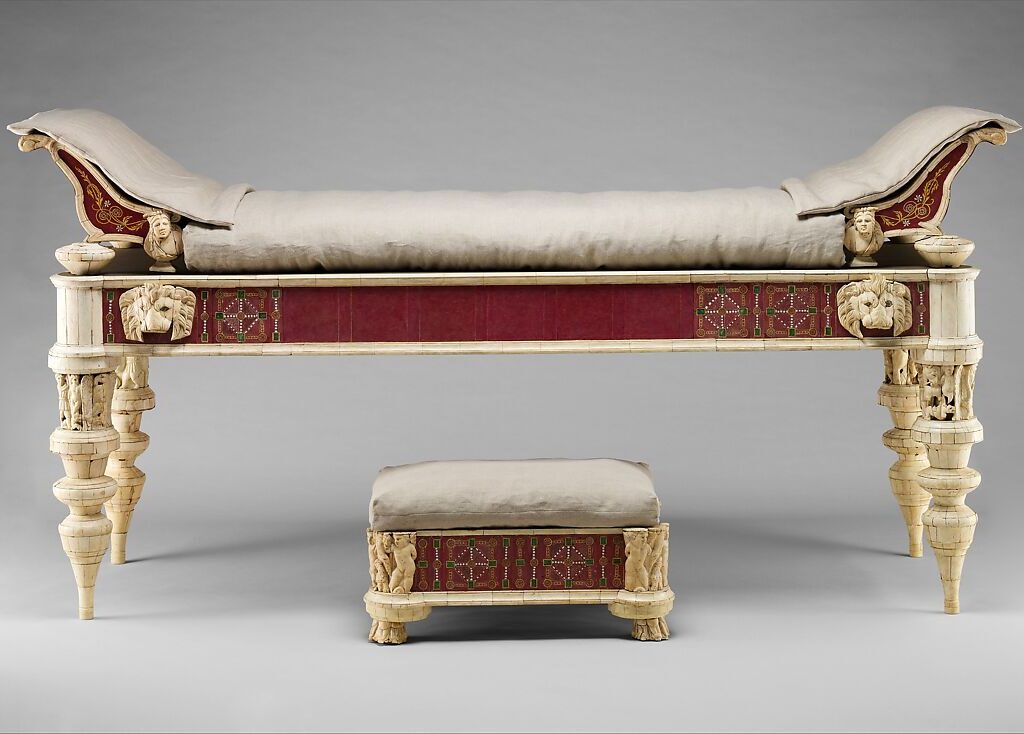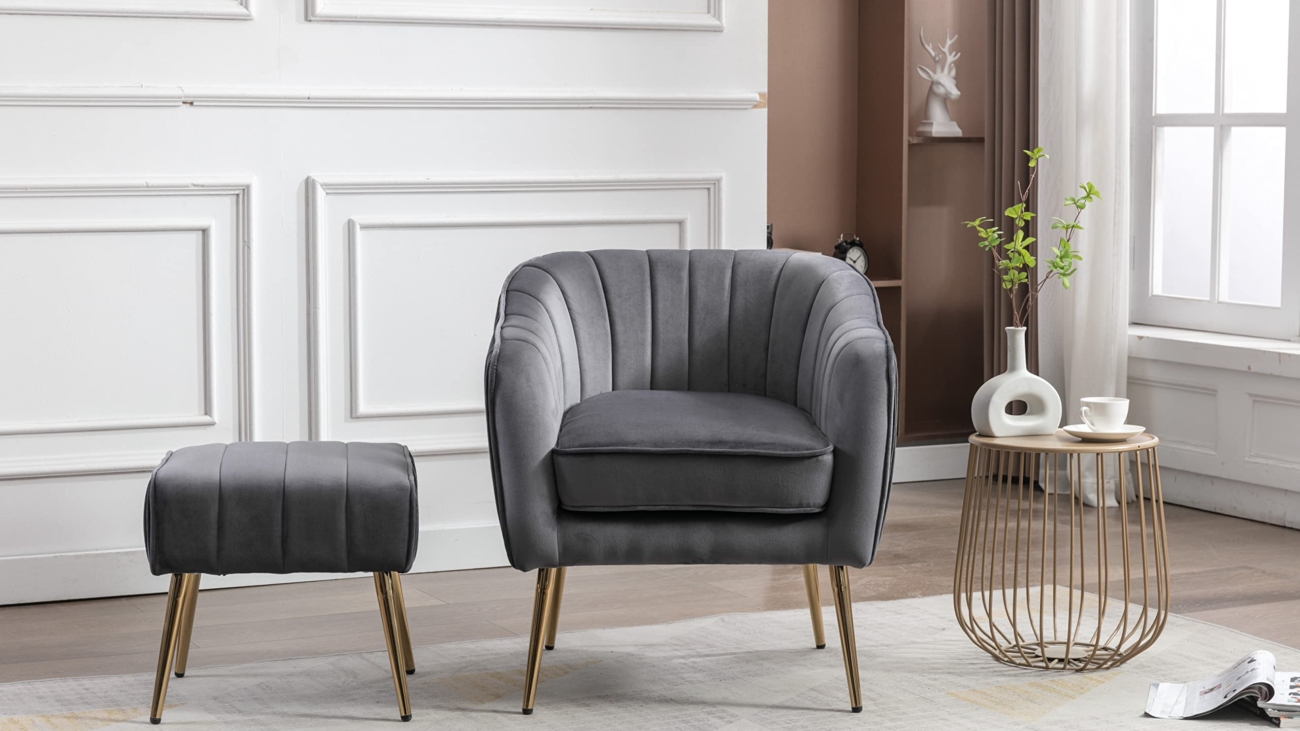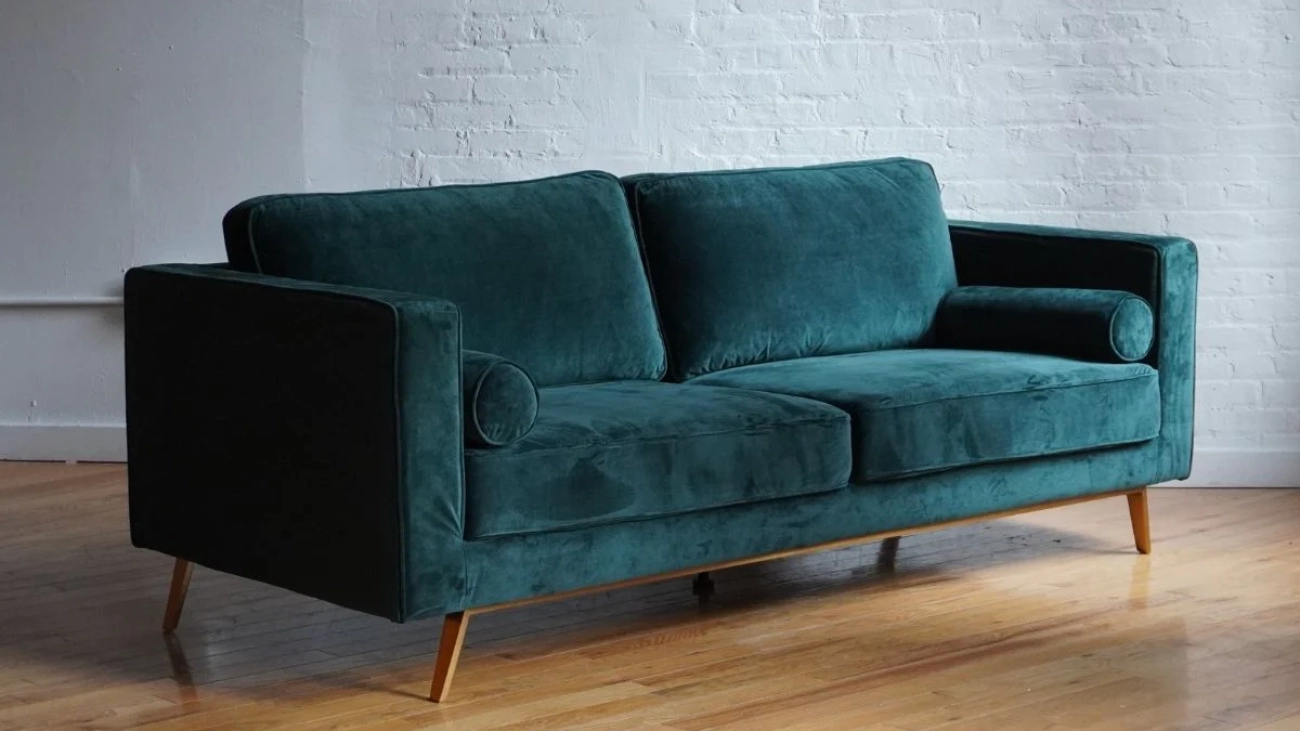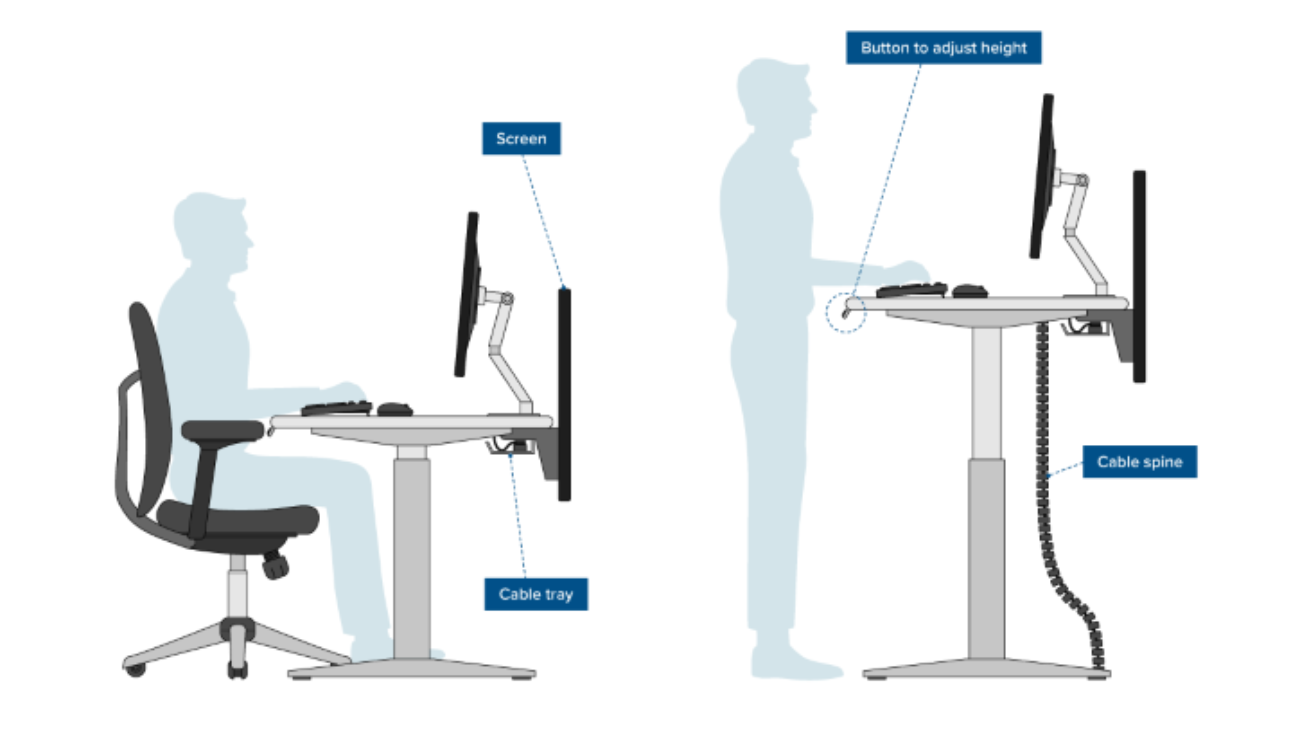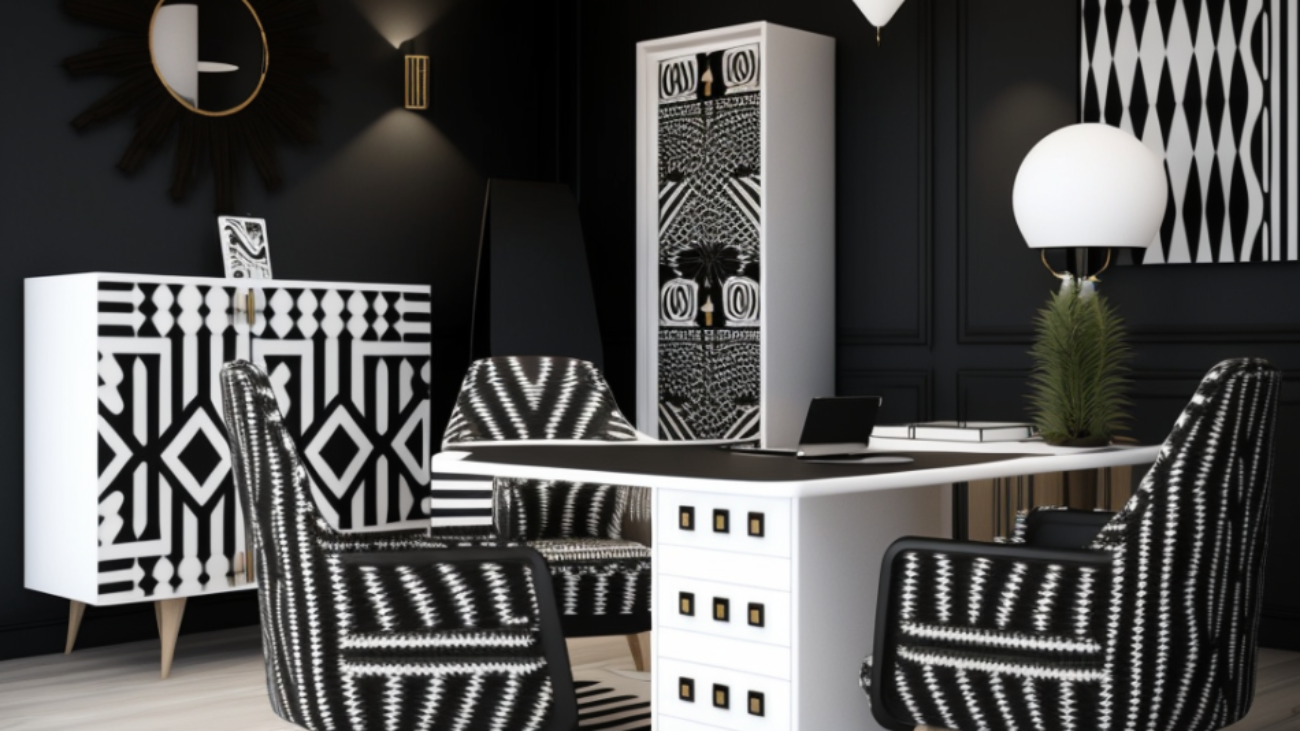Furniture, the silent witness to our daily lives, has a story to tell that spans thousands of years. Its evolution is a testament to the ingenuity and creativity of humankind as we’ve journeyed through different eras, adapting to changing needs, materials, and cultural influences. This exploration will take you on a profound journey through the annals of time, uncovering the intricate tapestry of furniture design from its humble beginnings in ancient civilizations to the sleek and innovative styles of the modern age.
Ancient Beginnings
Our journey commences in the heart of ancient civilizations, where furniture was born out of necessity. In ancient Egypt, around 3000 BC, simplicity reigned supreme. Furniture was utilitarian, constructed from stone and wood. Yet, even in their practicality, these pieces were adorned with elaborate decorations, reflecting the Egyptians’ deep reverence for symbolism and aesthetics. Chairs, tables, and beds served as both functional items and artistic expressions of a culture steeped in history.
Ancient Greece and Rome ushered in a new era of comfort and elegance. The Greeks introduced the iconic klismos chair, known for its curved lines and timeless design. Meanwhile, the Romans indulged in lavish couches and seating arrangements, often showcasing intricate carvings and luxurious materials. This period laid the foundation for a future where aesthetics would become intertwined with utility.
Medieval Period
As we progress into the Medieval period, furniture took on a different character. Influenced by Gothic architecture, designs favored heavy oak wood, pointed arches, and an emphasis on durability and functionality. Furniture during this era was a reflection of societal values, serving both as functional items and symbols of social status.
The Renaissance
The Renaissance, spanning the 14th to the 17th century, marked a significant turning point in furniture design. This epoch was characterized by a revival of classical aesthetics, inspired by the art and culture of ancient Greece and Rome. Furniture from this period featured intricate details, luxurious materials like walnut and oak, and the artistry of inlays and marquetry. The Renaissance breathed life into the notion that furniture could be a work of art.
Baroque and Rococo Styles
Following the Renaissance, we enter the Baroque and Rococo periods, where opulence and extravagance reigned supreme. Furniture designs became grandiose and ornate, with gilding, intricate carvings, and plush upholstery dominating the scene. This era shifted the focus from mere utility to unabashedly flaunting wealth and power through extravagant furnishings.
The Age of Enlightenment
As we reach the 18th century, the Age of Enlightenment ushered in a return to restraint and refinement. The Neoclassical movement, deeply influenced by Enlightenment ideals of reason and order, embraced clean lines, symmetry, and classical motifs. Mahogany and satinwood emerged as popular materials during this period, and furniture design reflected a newfound appreciation for simplicity and functionality.
Industrial Revolution and Mass Production
The 19th century brought about the Industrial Revolution, which revolutionized furniture production. Steam-powered machinery enabled mass production, making furniture more accessible to a wider audience. The Victorian era was characterized by heavy, ornate designs, while the Arts and Crafts movement championed craftsmanship and simplicity in response to the industrialization of furniture production.
Modernism and Functionalism
The 20th century marked a radical departure from historical styles with the emergence of Modernism. Influential designers like Le Corbusier, Ludwig Mies van der Rohe, and Charles and Ray Eames spearheaded a movement that championed simplicity, functionality, and the use of new materials like steel and glass. The Bauhaus School, a crucible of modern design, emphasized clean lines, minimalism, and the elimination of unnecessary ornamentation. Furniture, once considered purely utilitarian, became a canvas for artistic expression.
Contemporary Trends
As our journey brings us to the present day, we find ourselves amidst a vast array of contemporary furniture styles, materials, and design philosophies. From minimalist Scandinavian designs to eclectic and eclectic post-modern pieces, the modern era celebrates diversity and individual expression. Materials span from the traditional elegance of wood to innovative substances like carbon fiber and recycled plastics. Technology has infiltrated the industry, giving rise to smart furniture that seamlessly integrates with our increasingly digital lifestyles.
Conclusion:
The evolution of furniture design, spanning ancient times to the modern day, is a profound journey through human creativity, ingenuity, and cultural shifts. What was once primarily functional has evolved into a form of artistic expression, a reflection of our values, aspirations, and ever-changing lifestyles. Furniture design, much like human history itself, is a dynamic narrative, continuously adapting to meet the needs and desires of each new generation.
